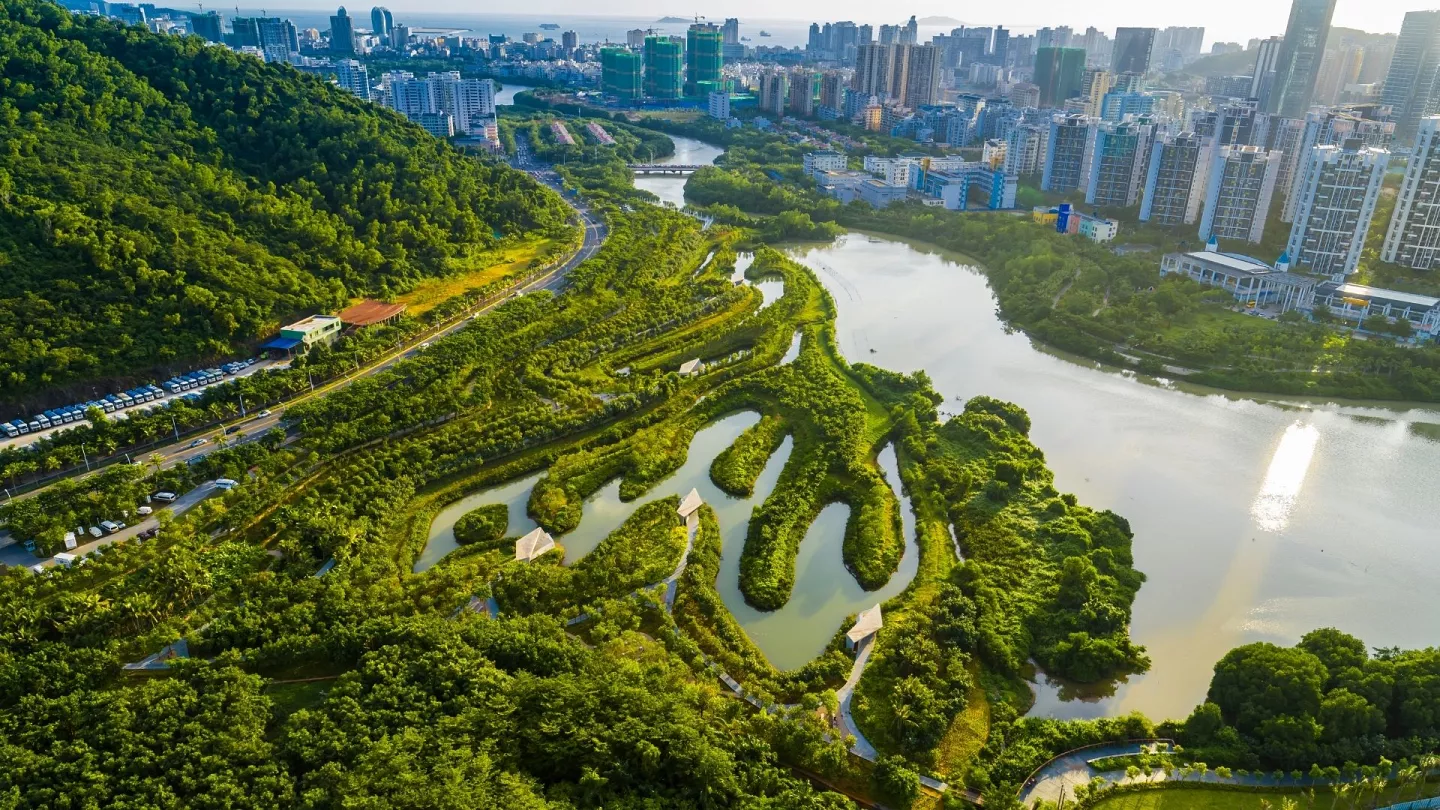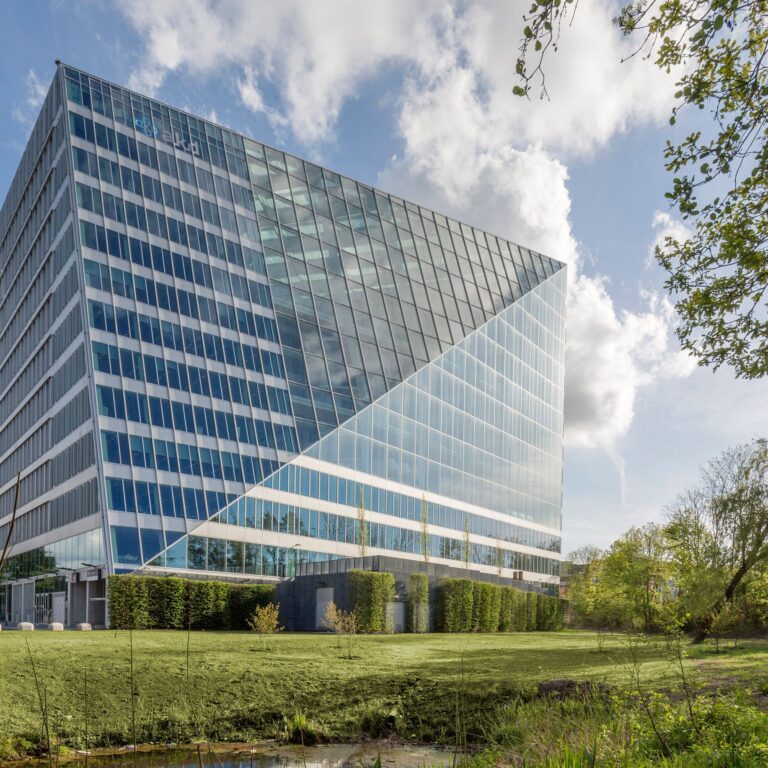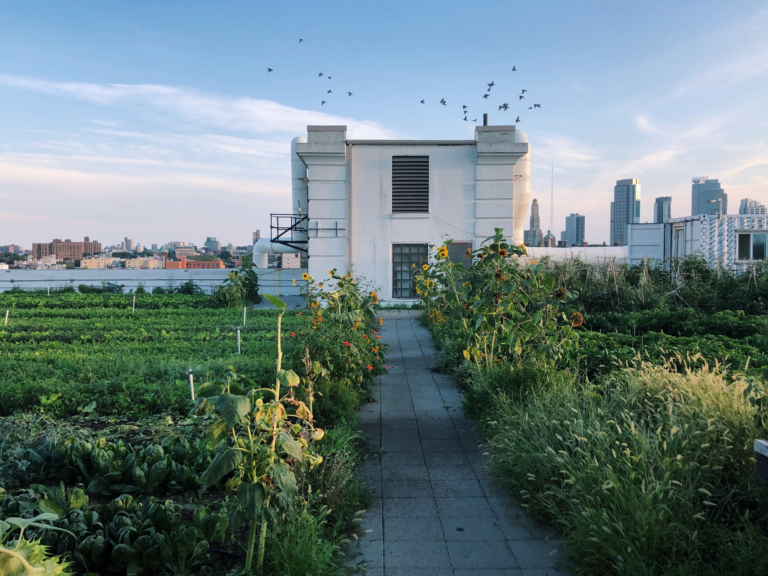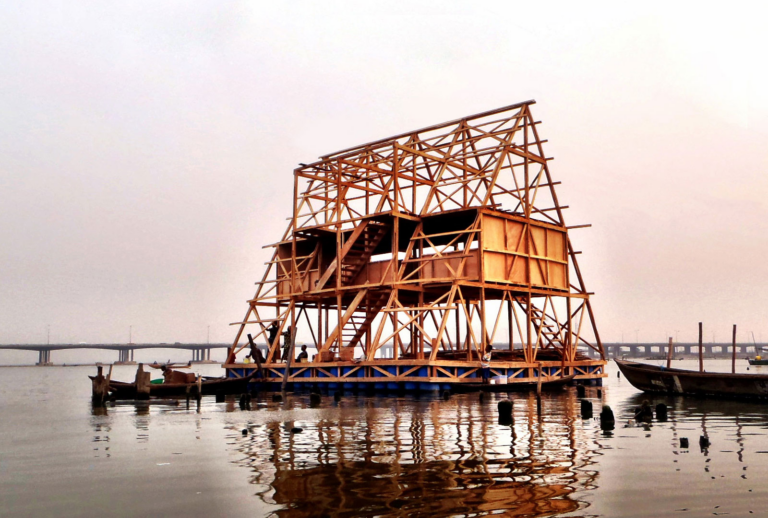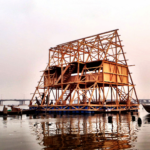Why Our Cities Need to Soak Up the Rain
Climate change is leading to heavier rains, increased temperatures, and intensified flooding in virtually all cities. Traditional urban development, reliant on concrete and asphalt as transportation surfaces, is preventing rainfall from soaking into the ground. The consequences are often disastrous: flash flooding, clogged drainage systems, and streets that become rivers in a matter of minutes.
What if cities acted as a sponge instead – soaking in extra rainwater, storing it, and releasing it slowly back into the environment?
This is the concept behind Sponge Cities, a new approach to urban planning that is starting to be implemented on a global scale.
What Is a Sponge City?
A Sponge City is designed to absorb, store, and manage rainwater naturally, rather than relying solely on traditional drainage systems. Instead of channeling rainwater straight into sewers, sponge cities use:
- 🌱 Green roofs and urban forests to absorb rain and reduce runoff.
- 🛣️ Permeable pavements that allow water to seep into the ground instead of pooling on streets.
- 🌾 Rain gardens and bioswales to filter and store excess water naturally.
- 🌊 Revitalized wetlands and urban ponds that help regulate water levels during heavy storms.
By mimicking natural hydrological processes, sponge cities reduce flood risks, improve water quality, and even help cool urban areas during extreme heat.
🔗 Learn more: World Economic Forum on Sponge Cities
How Sponge Cities Work in Action
Case Study: Shanghai, China
China has been at the forefront of the sponge city movement since launching its Sponge City Initiative in 2015. One of the most ambitious projects is in Shanghai, a city notorious for flooding due to its low elevation and monsoon climate.
Shanghai’s sponge city strategy includes:
- Green roofs on thousands of buildings, reducing runoff and insulating homes.
- Restored wetlands along the Huangpu River to naturally store excess rainwater.
- Permeable pavement replacing traditional asphalt to allow rain to soak into the ground.
The result? Less flooding, improved air quality, and even an increase in urban biodiversity.
🔗 Learn more: China’s Sponge City Program – Nature Sustainability
Other Cities Leading the Way
🌎 Rotterdam, Netherlands – Built an entire water plaza that doubles as a public square and a flood reservoir.
🇩🇰 Copenhagen, Denmark – Introduced climate-adaptive streets with green drainage channels.
🇺🇸 Philadelphia, USA – Launched the Green City, Clean Waters program to replace outdated sewer systems with natural stormwater solutions.
🔗 Learn more: Rotterdam Water Squares – The Guardian
More Than Just Flood Control: The Extra Benefits of Sponge Cities
Sponge city planning isn’t just about handling rain—it has a ripple effect (pun intended) on many other aspects of urban life:
✅ Cooling Cities – Trees, parks, and green roofs reduce the urban heat island effect, making cities cooler in summer.
✅ Improving Water Quality – Natural filtration from soil and plants removes pollutants from rainwater.
✅ Enhancing Public Spaces – Parks, rain gardens, and green streets make cities more beautiful and livable.
✅ Boosting Biodiversity – Wetlands, ponds, and green spaces provide habitats for birds, insects, and small animals.
🔗 Learn more: How Sponge Cities Can Combat Urban Flooding – BBC
Challenges & Future Outlook
Despite their benefits, sponge cities still face hurdles:
- Cost – Retrofitting existing infrastructure isn’t cheap, and cities need funding to make large-scale changes.
- Maintenance – Green roofs, wetlands, and porous pavements require long-term upkeep.
- Space Limitations – In dense urban areas, finding room for new green spaces can be tricky.
But as extreme weather events become more common, sponge city concepts are no longer optional—they’re essential. Future cities will likely integrate these ideas into new developments, zoning laws, and climate resilience plans.
🔗 Learn more: UN Report on Climate-Resilient Cities
Final Thoughts: Can Every City Become a Sponge City?
While it’s not likely that every city can be a totally sponge city, we do know that every city can adopt some of the principles of a sponge city, whether that looks like planting trees, increasing green roofs or adding better water management options. The key is moving away from hardscape-first thinking to a nature-first or nature-integrated way of thinking.
As climate change brings more intense storms and extreme heat to our cities, sponge cities are the evolution, not just a trend, of urban planning.
💬 What do you think? Could your city benefit from sponge city design? Let us know in the comments!

